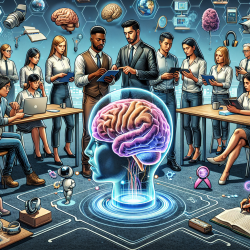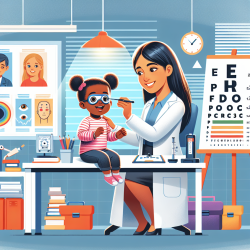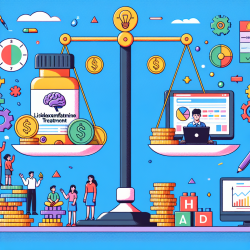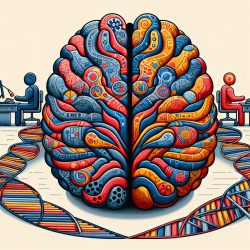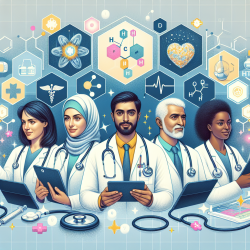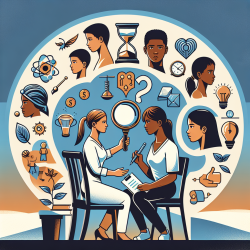Introduction
In today's technologically driven world, communication has evolved significantly, with texting becoming a dominant form of interaction, especially among adolescents. The research article "Generation WhatsApp: inter-brain synchrony during face-to-face and texting communication" sheds light on the neural dynamics involved in these interactions. As a practitioner in the field of education, understanding these dynamics can enhance your ability to support students effectively.
Understanding Inter-Brain Synchrony
The study explores inter-brain synchrony, a phenomenon where neural activities between two or more individuals become temporally aligned during interactions. This synchrony is crucial for forming social bonds and has been observed in various relationships, including parent-child and romantic partners.
Key Findings
- Both face-to-face and texting interactions elicit significant neural synchrony compared to control conditions.
- Face-to-face interactions stimulate a richer network of inter-brain connections, particularly in the fronto-temporal regions, than texting.
- Improvement in neural synchrony from texting to face-to-face interactions correlates with greater behavioral synchrony.
Implications for Practitioners
As a practitioner, these findings highlight the importance of encouraging face-to-face interactions to foster stronger social bonds and enhance learning experiences. Here are some strategies to implement these insights:
- Promote Face-to-Face Interactions: Encourage students to engage in face-to-face communication, which can enhance their social skills and emotional well-being.
- Balance Technology Use: While technology is a valuable tool, balancing it with in-person interactions can lead to more effective communication and learning.
- Incorporate Social-Emotional Learning: Integrate activities that promote empathy and understanding, leveraging the natural neural synchrony that occurs during face-to-face interactions.
Encouraging Further Research
While this study provides valuable insights, further research is necessary to explore the long-term effects of texting on neural synchrony and social development. Practitioners are encouraged to stay informed about emerging research in this area to continually adapt their approaches.
Conclusion
The research on inter-brain synchrony offers a compelling look at how different modes of communication impact our neural connections. By understanding and applying these findings, practitioners can better support students' social and emotional development. To delve deeper into the research, please read the original paper: Generation WhatsApp: inter-brain synchrony during face-to-face and texting communication.
